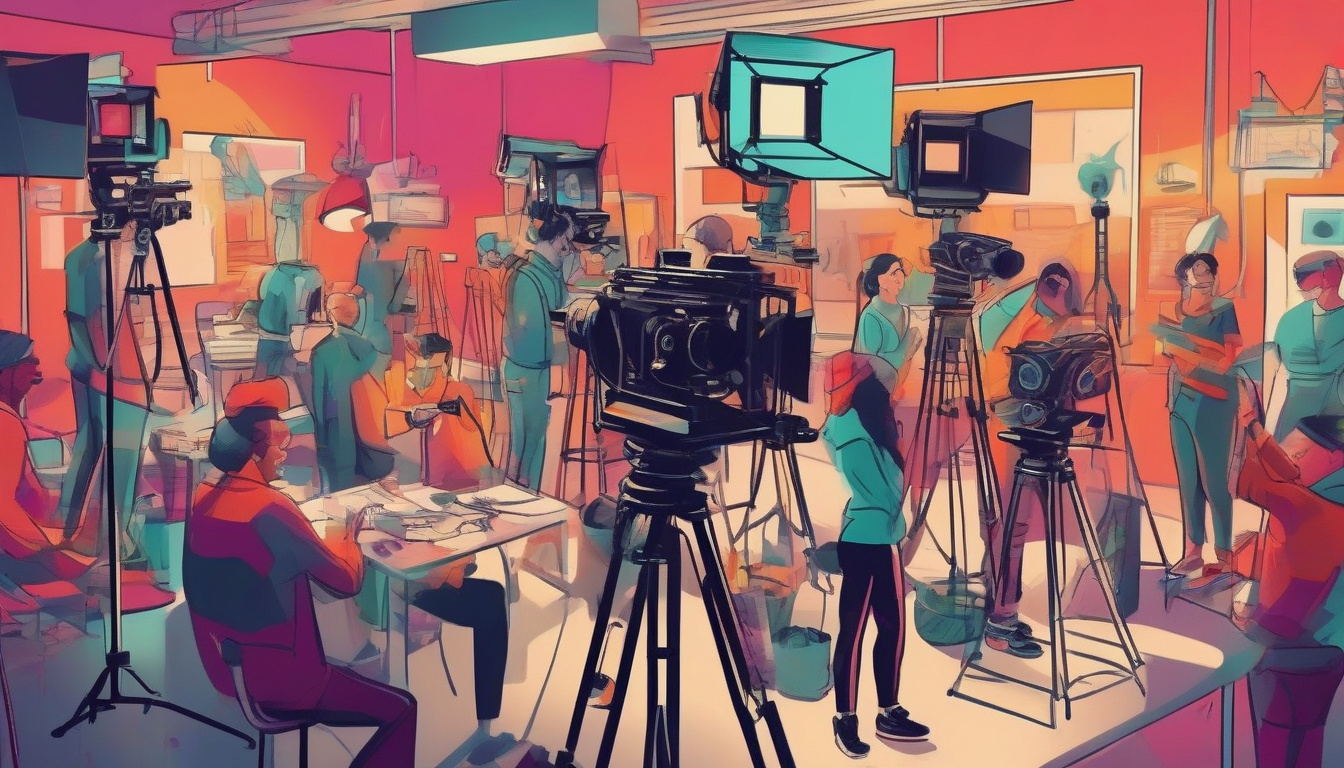
So You Want to Write a Screenplay? Let’s Snap to It!
So, you’ve decided to become a screenwriter! Well, strap in and butter your popcorn, because it’s going to be a heck of a ride—a ride stuffed with emotional ups and downs, but mostly parked in front of your writing device with drooping eyelids and incessant caffeine fixes. Ready to dive into the deep end of screenwriting tips without those pesky water wings? Fabulous! Let’s crack on then!
1. Know Thy Story Structure
Think of your favorite movie. Got it? Good. Now, chances are it didn’t just meander through random events like a lost tourist in downtown Manhattan. Great scripts follow a structure, as binding in Hollywood as the dietary requirement of a vegan brunch. But fear not, dear scriptwriter! Mastering story structure is your first big step. Wrap your head around acts, sequences, and plot points. Start with the classic three-act structure: Setup, Confrontation, and Resolution. Your screenplay should have a beginning that pops, a middle that escalates, and an end that satisfies or devastates—or both!
2. Create Characters Worth Rooting For (or Against)
Characters are the soul of your screenplay. They are the ones invited to dance on the pages of your script—and trust me, you don’t want wallflowers. Your protagonist should have desires, dreams, and enough flaws to make them relatably human or interestingly alien. And don’t forget about your antagonist. Darth Vader does not become an iconic villain just by having respiratory issues; it’s about his complex relationship with power and family. Your characters need dimensions that can be explored, tested, and ultimately transformed. So, construction time! Build them up with care.
Dialogue: Let Them Speak Real Good
Dialogue is the dress shoes of your script—essential and painfully noticeable when done wrong. Good dialogue reveals personality, motivation, and advances the plot without sounding like a Wikipedia entry on “Expository Dialogue: What Not to Do.” Listen to how people speak, their rhythms, their interruptions, their subtexts. People rarely say what they mean directly (unless they’re asking someone to pass the salt), so your dialogue shouldn’t either. Be sharp, be witty, and sometimes, let silence speak.
3. Show, Don’t Tell
This is the golden nugget of screenwriting—and all writing, honestly. Film is a visual medium. If you find yourself writing long descriptive passages, chances are you’re penning a novella instead. Let’s say you want to establish that a character is, oh, say, a reckless spendthrift. Instead of having another character blandly state, “Bob sure spends recklessly,” show Bob buying a round of drinks for the entire bar on a whim—or even better, purchasing a rare albino peacock. Visual storytelling allows your audience to deduce and feel smart, and boy, do they love that!
4. Rewrite Like It’s Groundhog Day
First drafts are allowed to be ugly ducklings: all squawk and no feathers. But through rewriting, your script will molt these fluffy imperfections to reveal the swan hiding beneath. Don’t hesitate to cut scenes that serve no purpose, tweak lines that read awkwardly, and adjust characters who don’t work. Embrace this mantra: Rewriting is screenwriting. You’d be surprised how what feels like mundane tweaking can transform entire scenes.
5. Read Other Screenplays
Education doesn’t always have to come from a classroom. Sometimes, it’s wrapped in the pages of scripts that have actually made it to the big screen. Reading successful screenplays gives you a feel for the format, timing, and pacing and can spark ideas for your own scriptwriting endeavors. It’s like having a sneak peek into the secret playbook of your favorite football team—only less sweaty.
6. Feed Back is Your Snack
Nibble on feedback like it’s the last piece of chocolate in the box. Share your drafts with trusted mentors, peers, or a local scriptwriting group—people whose opinions you respect and who understand the craft. Be open to criticism. Hardy the heart, dear writer, because some feedback might sting, but often it’s the sting that heals the weak spots in your screenplay.
Grab Your Script Trowel!
Now that you’re armed with these titanic tips, it’s time to sculpt your screenplay into the masterpiece it’s destined to be. Dive into that script, splash around its possibilities, and emerge with a story that could one day dazzle silver screens and streaming devices alike. Plug away, and remember: even Spielberg had to start somewhere!






